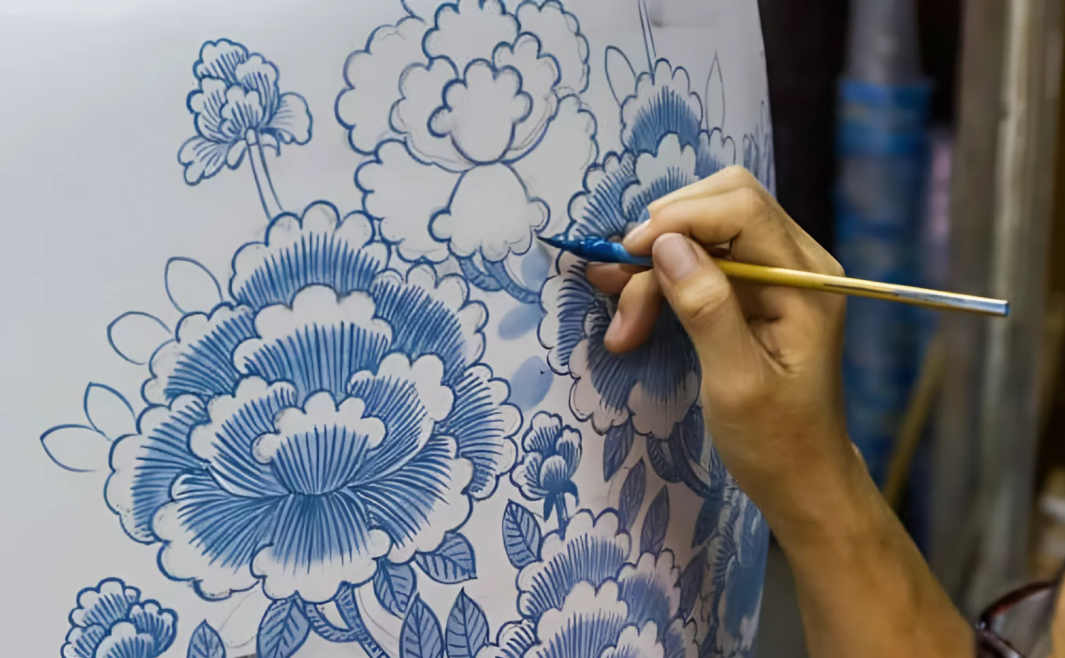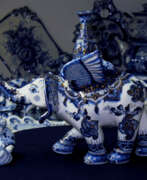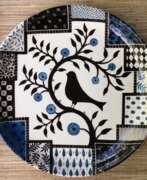Underglaze painting

Underglaze painting
Underglaze painting is a versatile ceramic technique that involves applying colored decorations on pottery before it is glazed and fired. This method is widely celebrated for its ability to create intricate designs and vibrant colors that remain durable and vivid after firing.
One of the primary benefits of underglaze painting is the variety of effects artists can achieve. Techniques range from simple brush painting to more complex methods like marbling, sgraffito, and the use of underglaze pencils and crayons. Brushes of different shapes and sizes can create gradients, textures, and detailed patterns, offering artists limitless creative possibilities.
Underglaze painting is particularly valued for its application flexibility. It can be applied to both greenware and bisque-fired ceramics, allowing for diverse artistic expressions at different stages of pottery making. The underglaze can be applied using various methods such as brushing, dipping, or spraying, each providing distinct textures and finishes.
Historically, underglaze painting has been an integral part of ceramic traditions across cultures, notably in Chinese blue and white porcelain. This technique continues to be popular in contemporary ceramic arts due to its ability to produce detailed, durable, and visually striking pieces.
For collectors and experts in art and antiques, underglaze-painted pieces offer a unique blend of historical significance and aesthetic appeal. Whether you're an artist or an enthusiast, understanding and appreciating the nuances of underglaze techniques can enhance your appreciation of ceramic art.
Stay updated on the latest trends and auction events in underglaze painting by subscribing to our newsletter. You'll receive alerts on new product sales and exclusive auction events related to this fascinating art form. Sign up today to enrich your collection and knowledge of underglaze painting!
| Country: | Asia, China, Japan, Korea |
|---|---|
| Start of the period: | VIII century |







